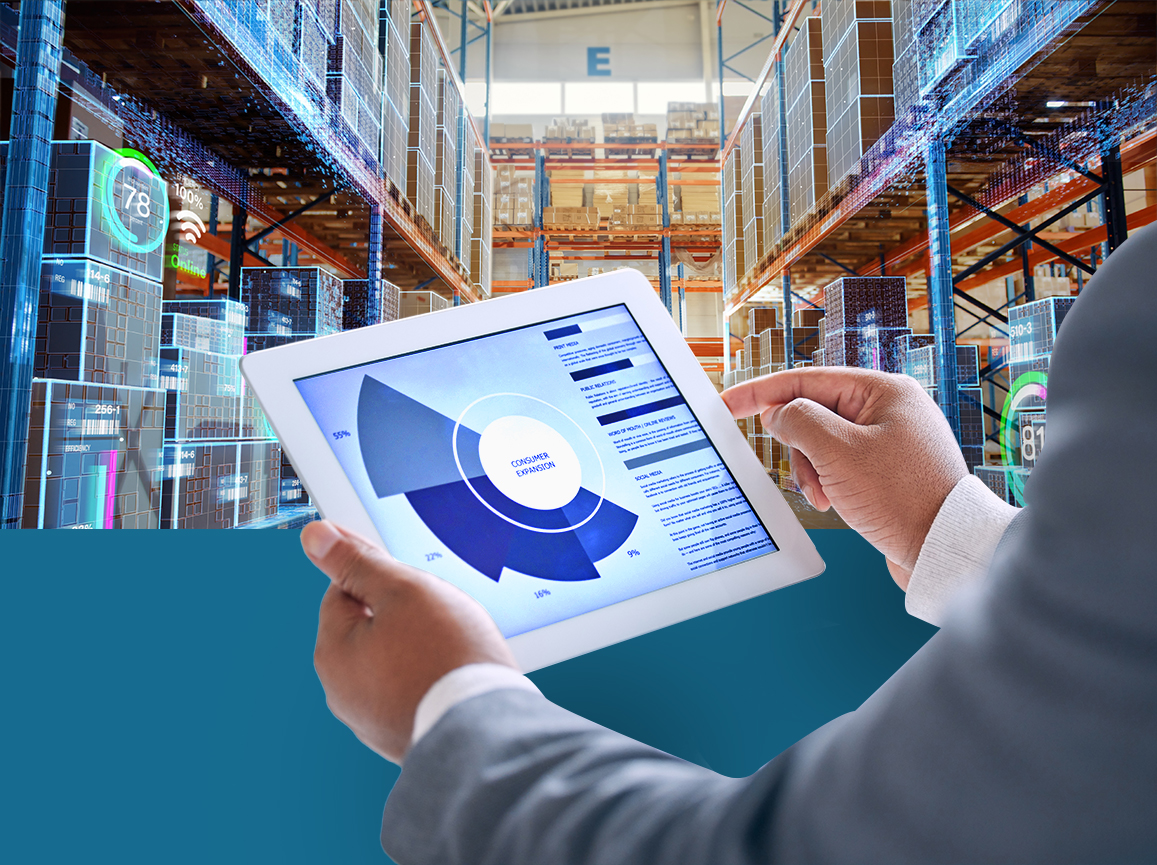What’s new this holiday season?
While the Thanksgiving holiday has passed and we remain grateful for another wonderful year, we were treated to a visit from the technology elves on our return. The elves mentioned that they were hard at work finalizing the new release of PartnerLinQ as the holidays approach and were stopping by in order to demonstrate some its advanced features.
The Platform
The platform has been given an upgrade and the dashboard is sleek, smooth and faster than ever before. an ever before.
Recent Activities, located in the center, ensures PartnerLinQ customers remain proactively informed of the latest activities.
Recently Assigned Customers are just to the left, ensuring PartnerLinQ customers actively engaged in onboarding have a front row seat. It’s here that PartnerLinQ customers can visually ascertain the status of any onboarding customer at any point in the onboarding process.
Systems and Tasks alerts are on the right, and subscriptions can be toggled on and off by the user at any time.
Further down and always visible is a Support button that helpfully opens the support window.
With one-click you can search the support FAQ and access email and telephone support. The platform features Google-like search functionality at the top of the page, ensuring that anything a PartnerLinQ customer is looking for is one click away.
We make it easy. We keep it simple. And it is all in one place.
The Evolution
This holiday season, we are reminded that the evolution of PartnerLinQ has been a special process. From the very beginning, our commitment to “making it easy and keeping it simple and putting everything in one place” has been an inspiration to not only our team and the technology elves, it has also inspired prospects to become customers and strangers to become friends. Now, having been on this path for a few years, the next few years are looking even more promising.
The Extensible Platform
Putting everything in one place is a core tenet of the PartnerLinQ extensible platform. Everything is accessible, from a selection of widgets that can be added to the user’s home screen to a selection of APIs and tools that can be added to your PartnerLinQ subscription. Speaking with some of our customers recently, the reaction to the new extensible platform has been, “I can’t wait for Christmas!”
The Upgrade
The upgrade to the new PartnerLinQ Platform, like everything else we do, is included with the platform. We’re all about making it easy and while the Azure-hosted subscription model has been available for some time, some self-hosted and licensed PartnerLinQ instances remain. PartnerLinQ customers keeping it simple today on the self-hosted and licensed PartnerLinQ instances will benefit from the ways we are making it easier tomorrow.
The Apps
We think of the apps as the best presents under the tree this year. Instant Ocean and Scan2EDI are the first of many PartnerLinQ solutions moving to the PartnerLinQ “in-app” subscription model. Available exclusively to PartnerLinQ customers, PartnerLinQ apps connect subscribers with Visionet IP products, factories, distributors, 3PL service providers, payment gateways, and more.
Instant Ocean is the newest PartnerLinQ IP and brings real value to PartnerLinQ customers who are also ocean freight participants. Instant Ocean is an “in-app” subscription to complete container visibility delivered to the user dashboard. Imagine integrated, automated, and reliable ocean status at your fingertips. Instant Ocean container updates can be delivered to the PartnerLinQ dashboard or directly to the enterprise. Instant Ocean even makes use of business rules and alerting so you can have it your way. Your port, your container, Trans-Atlantic, Trans-Pacific, and everywhere in between. Instant Ocean removes human intervention from your ocean-going freight and delivers real business insight.
Scan2EDI assembles the best modern technologies in one easy-to-use solution reaching well beyond that of ordinary optical character recognition (OCR). Beginning with OCR, PartnerLinQ makes use of robotic process automation (RPA) for data retrieval and data extraction, OCR for transformation, indexing, and image storage, and document management software in our intuitive PartnerLinQ platform interface.
PartnerLinQ’s business process outsourcing ensures that any transaction not immediately recognized receives an initial review and response so that PartnerLinQ customers have the option to add transactions, integrations, vendors, and customers mid-flow. This can happen because mapping and error handling are fully automated, the function includes business rules that fit our client’s business expectations, and with built-in alerts, no transactions are ever overlooked or missed. Artificial intelligence ensures transactions are sorted, tagging, and routed through processing and should an unexpected transaction be encountered, automated error handling takes care of the alerting your business team.
Application integration is what PartnerLinQ’s Scan2EDI was designed for and with our enterprise integration framework, Scan2EDI transactions land as expected in the enterprise whether they’re purchase orders (POs), advanced ship notices (ASNs), invoices, shipping documents, or any of the 500-plus available transactions that Scan2EDI was designed to handle out of the box.
Happy Holidays!
Whatever holidays you celebrate, we think that PartnerLinQ’s evolution is a reason for good cheer. With better visibility and flexibility, we’re adding even more resilience to your supply chain, and in these uncertain times as we sort out the “new normal,” resilience is the key to success.
So, enjoy the time off from work, spend time doing the things you love, and we’ll see you in the new year with a new evolution of the PartnerLinQ solution that will keep you singing “Happy Holidays” well into the new year. Talk with our experts to learn more.
By Thomas A Smith Senior EDI Implementation Strategy Consultant
 PartnerlinQ
PartnerlinQ






